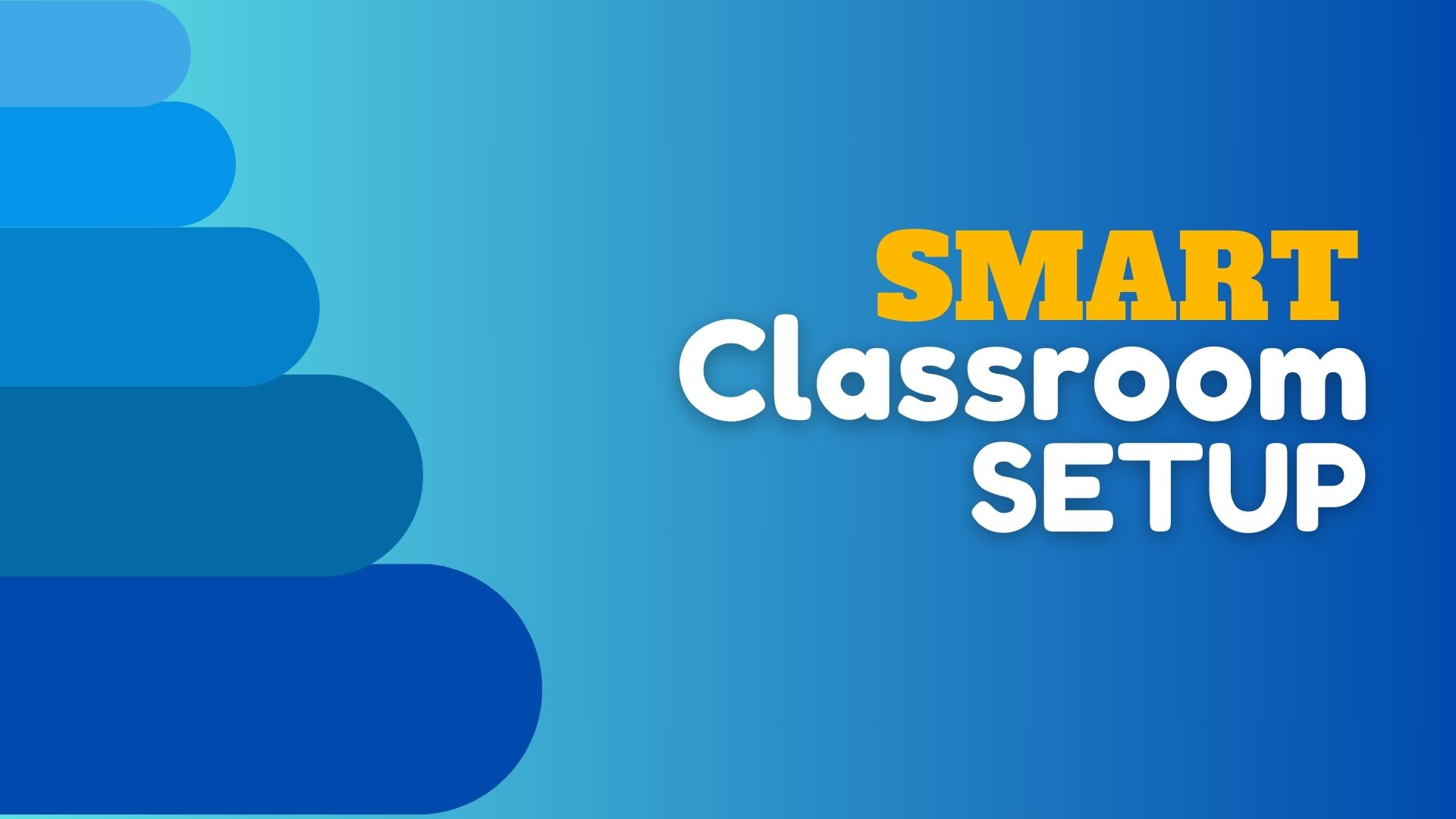
What is OPS? Its uses and differences
Introduction In Modern Educational Technology, OPS (Open Pluggable Specification) stands as a significant innovation. Developed by Promark, OPS is designed to simplify the management and integration of Interactive Flat Panel displays (IFPDs) or Digital Board in Smart Classrooms. In this blog, we will serve you information about what is OPS, the Applications of OPS, and […]













